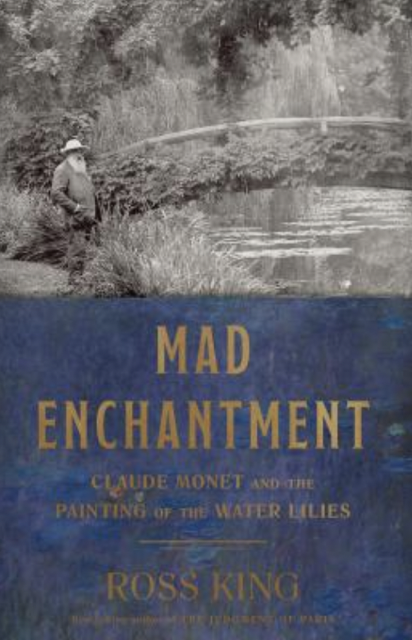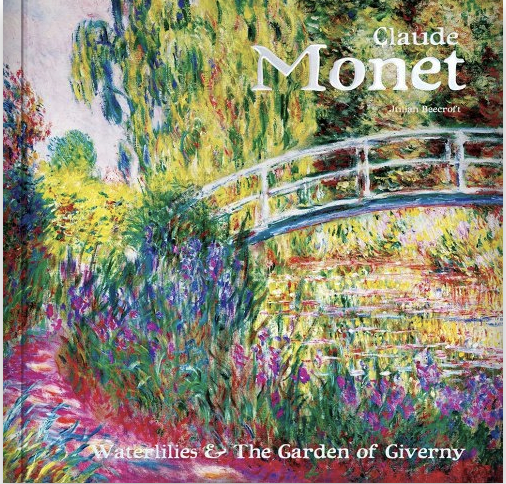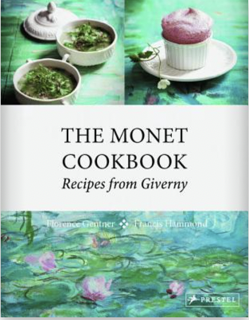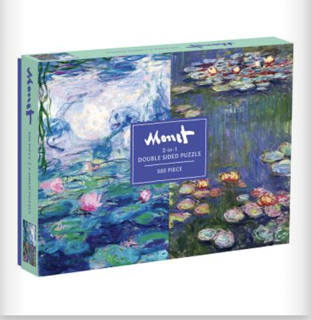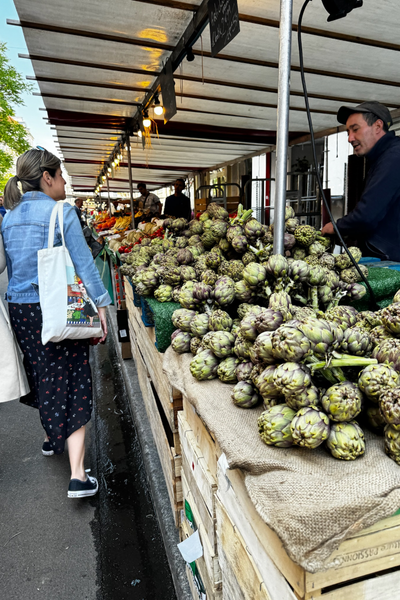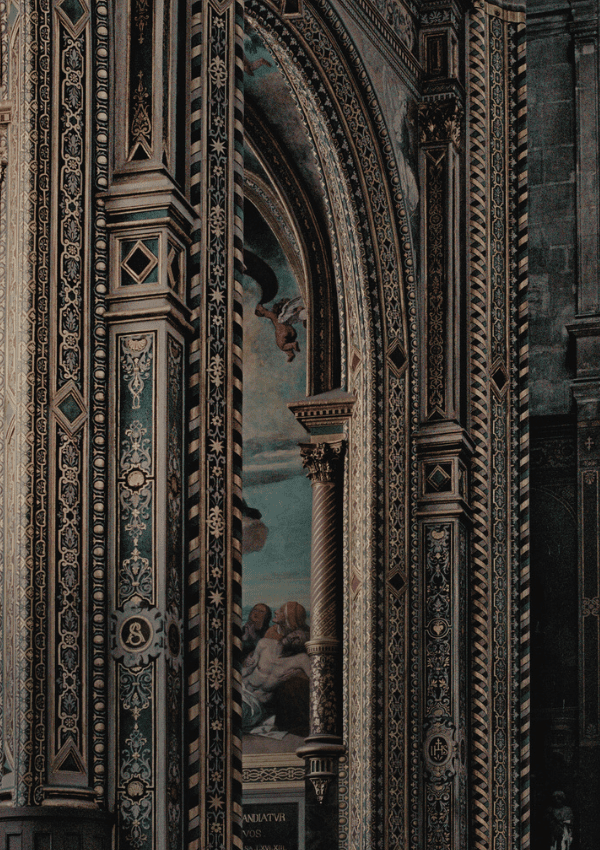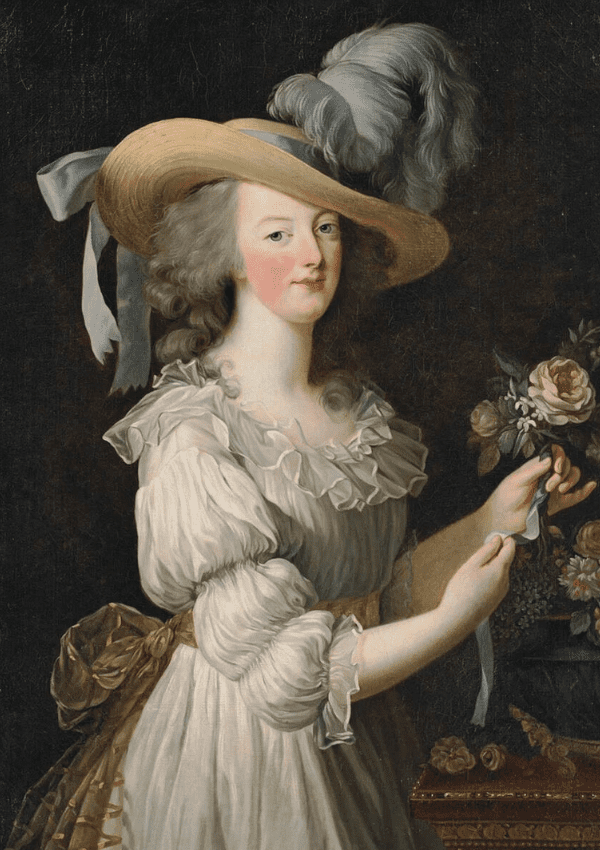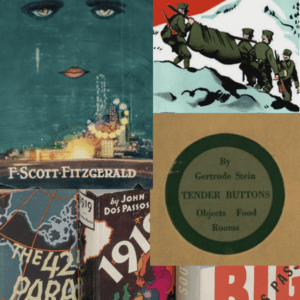
Visiting Monet’s garden in Giverny is an amazing opportunity to learn more about Monet’s life, his legacy, and his revolutionary painting style.
In this post, you will learn all about Monet, his artistic influence, and why his garden is best enjoyed after a few glasses of wine.
After reading this article, you will have a finer appreciation for Monet and his artistic style, and be prepared for your visit to Monet’s garden.
This post is all about Monet’s garden in Giverny.
(This post contains affiliate links through our partner bookshop.org)
Who is Monet?
Claude Monet (1840-1926) was pivotal in the Impressionist movement, challenging conventional art by focusing on the natural world’s transient effects. Born in Paris and growing up in Le Havre, Monet’s early work reflected his fascination with light and color. His painting, “Impression, Sunrise,” coined “Impressionism.” It highlights his approach to capturing the essence of a scene rather than detailed accuracy.
Monet’s later years were marked by his enchanting series of water lilies inspired by his garden in Giverny. His technique and dedication to capturing the ephemeral nature of light and atmosphere forever changed the course of art history.
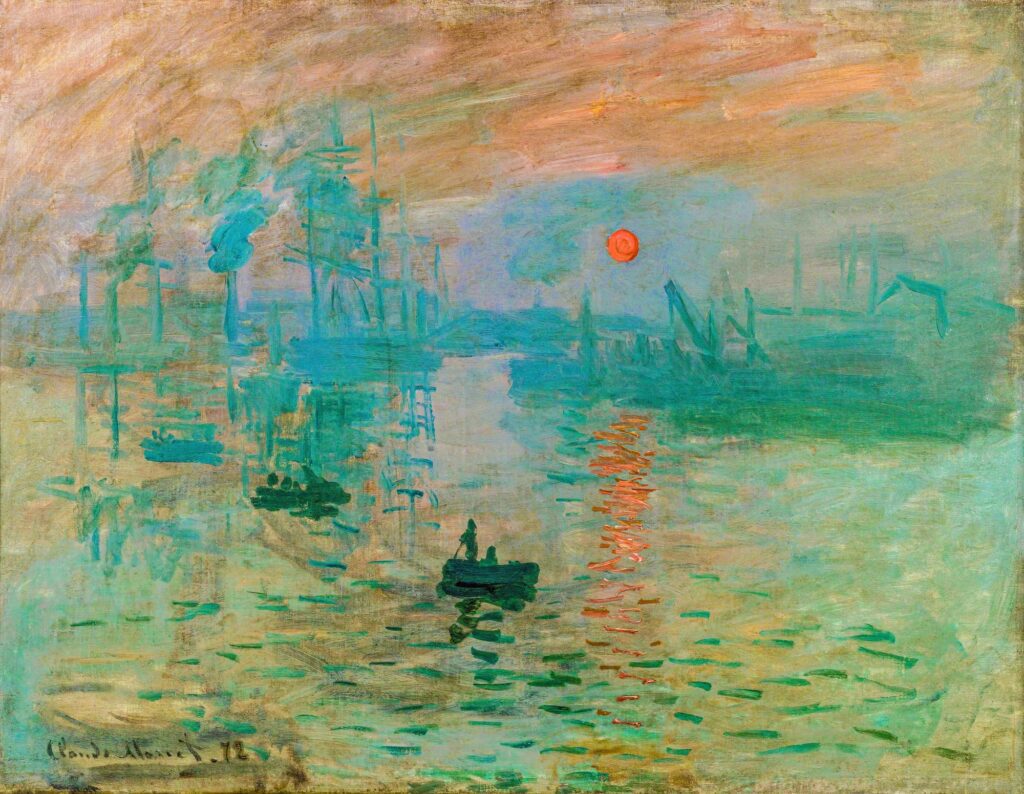
Monet’s Giverny Garden
Claude Monet’s garden in Giverny, France, is a testament to his connection with nature and genius in landscape design. Monet personally conceptualized and cultivated the garden, which became his sanctuary and a significant source of inspiration. He meticulously selected and arranged the plants and flowers, creating a living palette that mirrored his impressionistic approach to art.
The water lily pond, with its Japanese bridge, became an iconic motif in his work, leading to the famous “Water Lilies” series. This garden influenced Monet’s exploration of light, color, and reflection, marking an indelible impact on the evolution of Impressionism.
Monet’s Cataracts
Monet developed cataracts in his later years, significantly affecting his vision and, consequently, his painting style. The cataracts distorted his perception of colors, making them appear muddied and blurred. These led to a shift toward a redder palette and more abstract forms in his artwork.
After cataract surgery in 1923, Monet’s ability to see blue and violet hues returned. Realizing how much his vision had altered his work, he frustratedly destroyed many paintings. This period underscores the intimate relationship between Monet’s physical sight and his artistic vision.
As a visitor, you will want to appreciate and perhaps even mimic the impressionist master’s vision through the visual blur of a good buzz. So grab a friend and order the bottle. When in Paris, am I right?
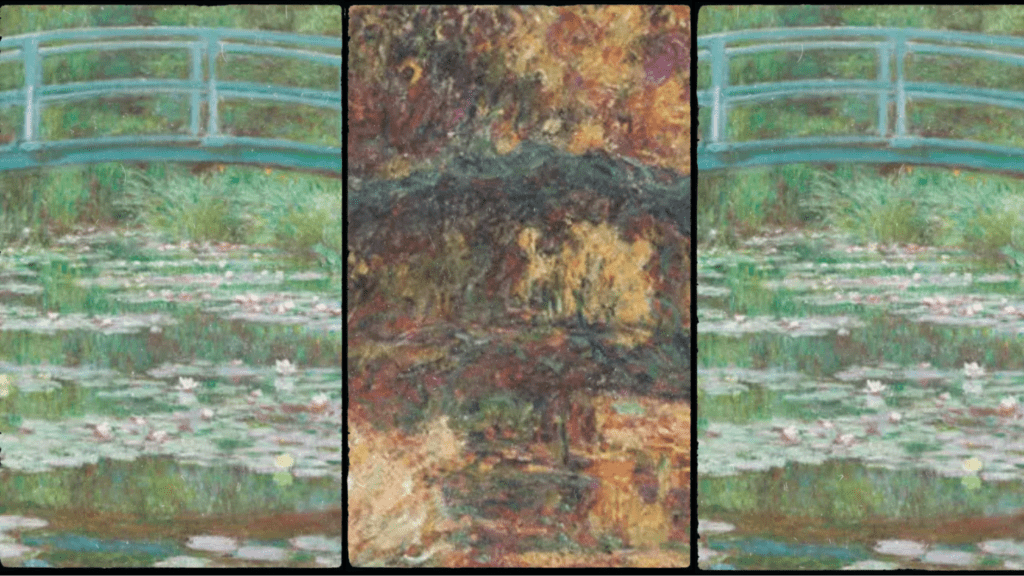
{Related Reading: 3 Reasons to Fall in Love With Parisian Cafe Culture}
How to Get to Monet’s Garden from Paris
Visiting Monet’s garden in Giverny from Paris offers a delightful excursion into the heart of Impressionism. The easiest way to reach Giverny is by train from Paris’s Saint-Lazare station to Vernon-Giverny. The journey typically takes around 45 minutes. Upon arriving in Vernon, you can opt for a short bus ride, a taxi, or even rent a bicycle for a scenic 5km ride to Giverny.
The garden is open from March to November, welcoming visitors to experience the lush landscapes that inspired some of Monet’s most celebrated works. Planning your visit is advisable, especially during peak tourist seasons.
{Related Reading: 12 Powerful Books to Make You Fall in Love with Paris}
Recommending Reading About Monet’s Garden
Mad Enchantment: Claude Monet and the Painting of the Water Lilies
“Mad Enchantment” offers essential insight into the complexity behind Monet’s serene water lilies, revealing the contrast between the artist’s tumultuous life and the tranquil beauty of his work. Understanding Monet’s struggles and inspirations will deepen your appreciation for his garden at Giverny. Your visit will be a visual delight and an immersive journey into the heart of Impressionism. This book bridges the gap between Monet’s trials, his artistic triumphs, and the landscapes that inspired his masterpieces.
Claude Monet: Water Lilies
This art book illuminates the profound influence of Monet’s “Water Lilies” on contemporary art. Ann Temkin’s exploration of the paintings’ legacy within MoMA’s collection provides context to Monet’s innovations in art. You will learn how this garden influenced a pivotal moment in art history. This connection deepens the visitor’s experience, bridging past and present artistic dialogues.
Claude Monet: Water Lilies & The Garden Of Giverny
This book invites readers to explore the genesis of the garden that inspired Monet’s most famous works. It highlights Monet’s intimate relationship with his surroundings. Let it enrich your travel experience by offering a deeper understanding of the artist’s connection to the landscape. Through Monet’s reflections on his garden and the iconic water lilies, visitors can appreciate not only the visual splendor of Giverny but also the emotional and artistic depth that transformed these gardens into a masterpiece of living art.
The Monet Cookbook: Recipes from Giverny
Did you know that Monet kept culinary journals? In addition to being a famous painter, he was locally known as what the French would call “a gourmand.“Me and you both, Monet. Each chapter serves meals like Monet would have enjoyed in his garden home or at some of the restaurants in the surrounding area.
Bring Monet’s Garden Home
Monet 500 Piece Double-Sided Puzzle
Whether you make it to Monet’s garden or not, this puzzle is a fun way to bring the magic of Monet’s garden home. Much like the garden, this puzzle is best enjoyed with a glass of wine.
Claude Monet: Bridge Over a Pond of Water Lilies (Foiled Quarto Journal)
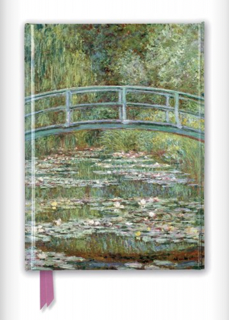
Whether you scribble out some post-wine prose or stuff its pages with mementos, this journal will become the ultimate travel companion by allowing you to bring Monet’s influence into your own creative expression.
This post was all about Monet’s Garden in Giverny.
Related Reading
11 Paris Travel Essentials and How to Pack Like a Parisian
Get Lost In Lost Generation Territory of Paris
3 Reasons to Fall in Love With Parisian Cafe Culture
12 Powerful Books to Make You Fall in Love with Paris

